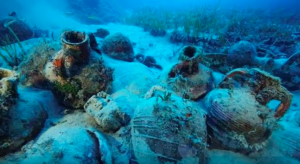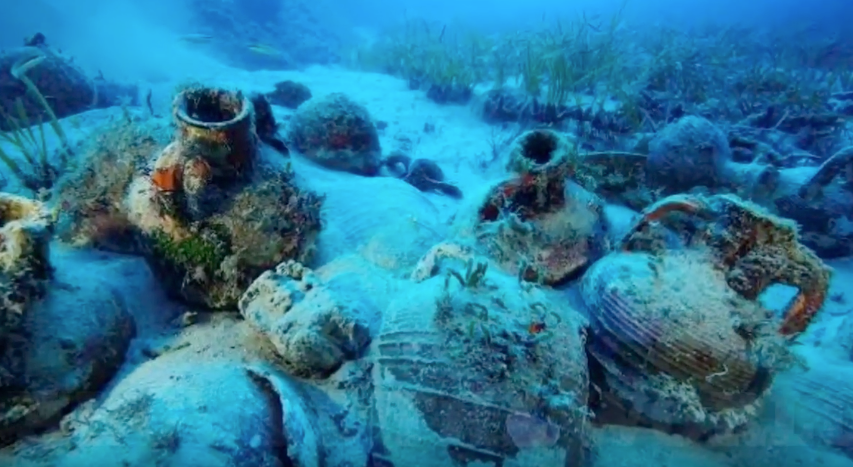 A scientific study released Monday indicates that archaeologists have discovered one of the largest Roman shipwrecks ever discovered. The paper was originally published in the Journal of Archaeological Science.
A scientific study released Monday indicates that archaeologists have discovered one of the largest Roman shipwrecks ever discovered. The paper was originally published in the Journal of Archaeological Science.
The shipwreck—now known as the “Fiskardo”—is estimated to have sunk sometime from 100 BC to 100 AD. It was located by a team of researchers in the Ionian Isles off the West Coast of Greece.
In a subsequent news report published by CNN, reporter Julia Buckley indicates that the still-underwater wreck was found to be roughly 110 feet in length. The research team made the initial discovery by using advanced sonar mapping technology to scan and survey the seafloor. The wreck, according to the report, was determined to be at a depth of 60 meters (197 feet)—well out of reach of most divers.
The most compelling part of the discovery? Over 6,000 amorphae (ancient Roman clay storage pots) are scattered along the seafloor in the shadow of the wreck. Hungry to run a myriad of tests, science teams are already eyeing the amorphae for further collection and study. The team responsible for the 2014 discovery was from the University of Patras, a regional university with advanced marine science programs.
Amongst its peers, the Fiskardo is the fourth largest shipwreck from its time period ever found in the entire Mediteranean Sea, the report says. Most ships from the specific era were around 50 feet in length, compared to the Fiskardo’s 110.
“Further study of the wreck would shed light on sea-routes, trading, amphorae hull stowage and shipbuilding in the period between 1st century BC and 1st century AD,” researchers wrote in the research paper.






 Canada
Canada Other countries
Other countries

